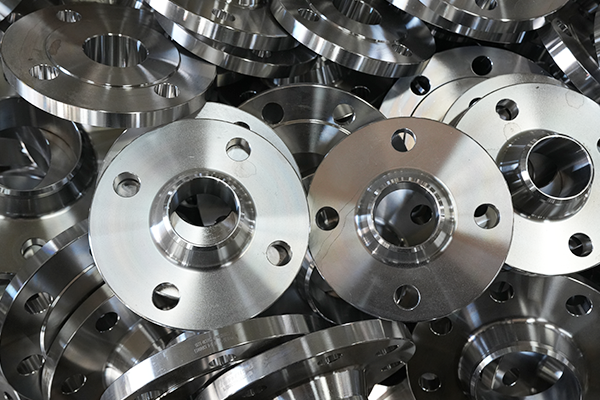NewsDetails
Comparison of Technical Requirements for Seamless Steel Pipes Under Different Standards
author:Zhantong time:2025-05-23 01:00:05 Click:72
Comparison of Technical Requirements for Seamless Steel Pipes Under Different Standards
Seamless steel pipes are manufactured and used worldwide under various national and international standards. The most commonly referenced standards include China’s GB/T, America’s ASTM/ASME, and Europe’s EN/DIN. While they serve similar purposes, they differ in technical specifications, which are crucial for material selection, design, and quality assurance.
1. Material and Grade Classification
GB/T (China):
Common grades include 20#, Q345B, 15CrMoG, 12Cr1MoVG. These grades emphasize tensile strength and yield strength based on structural and pressure-bearing needs.ASTM (USA):
Common standards include ASTM A106 (Grades A/B/C), A53, A333, and A335. These standards classify pipes by intended use (e.g., high-temperature, low-temperature, alloyed).EN/DIN (Europe):
Includes EN 10216-1/2 (P235TR1, P265GH, 13CrMo4-5), which classify steels by pressure and temperature requirements with a focus on weldability and toughness.
Key Difference:
ASTM places strong emphasis on application-specific grades, while EN emphasizes working conditions and material weldability. GB/T includes both structural and pressure-pipe designations with a local focus.
2. Dimensional Tolerances and Size Range
GB/T 8162 / 8163 / 3087:
Diameter tolerance typically ±1.5% to ±2.5%. Wall thickness tolerance can reach ±12.5% to ±15%.ASTM A106 / A53:
Outside diameter (OD) tolerance ±0.75% for NPS < 4”, and wall thickness tolerance usually ±12.5%.EN 10216:
Tighter dimensional tolerances are often required, with wall thickness tolerance generally ±10% or better depending on class (TC1/TC2).
Key Difference:
EN standards tend to be stricter in dimensional tolerances, especially for pressure-rated pipes. GB standards allow for slightly looser tolerances in general-purpose applications.
3. Mechanical Properties
GB/T:
Tensile strength and yield strength vary by grade, typically ranging from 410–610 MPa tensile for common carbon steels.ASTM:
ASTM A106 Grade B, for example, requires min. 415 MPa tensile and 240 MPa yield strength.EN:
P235GH requires min. 360–500 MPa tensile and 235 MPa yield.
Key Difference:
Although similar across grades, EN standards often integrate both mechanical performance and notch toughness, especially under elevated or reduced temperatures.
4. Non-Destructive Testing (NDT) Requirements
GB/T:
Some grades and applications require eddy current or ultrasonic testing; not always mandatory for standard-grade pipes.ASTM:
NDT is often mandatory. For instance, ASTM A106 requires hydrostatic testing and may include NDT as per customer spec.EN:
Generally includes stricter requirements for NDT, especially for TC2 pipes, where ultrasonic or eddy current testing is mandatory.
Key Difference:
EN standards are typically more comprehensive and mandatory in terms of NDT. ASTM allows more flexibility based on application. GB standards vary by industry.
5. Marking and Traceability
GB/T:
Basic marking with grade, size, standard number, and batch. Traceability required for pressure pipes.ASTM:
Detailed markings with heat number, manufacturing process, and mechanical property references.EN:
Emphasis on full traceability, especially for pressure equipment directive (PED) compliance.
Key Difference:
EN and ASTM standards offer more rigorous traceability and documentation, suitable for critical infrastructure and export markets.
Conclusion
While the purpose of seamless steel pipe standards across GB, ASTM, and EN is broadly aligned, the technical requirements—especially regarding material classification, dimensional tolerance, mechanical properties, testing protocols, and traceability—can differ significantly. For global projects or cross-border supply chains, understanding and aligning these differences is critical to ensuring compliance, performance, and safety.
 Recommended Products
Recommended Products
 Contact us
Contact us
—— Contact:Manager
—— Tel:+86 15231788966
—— Email:info@zhantongpipe.com
—— Url:https://www.zhantongpipe.com
—— Address:Mengcun Hui Autonomous County, Cangzhou City, Hebei Province









